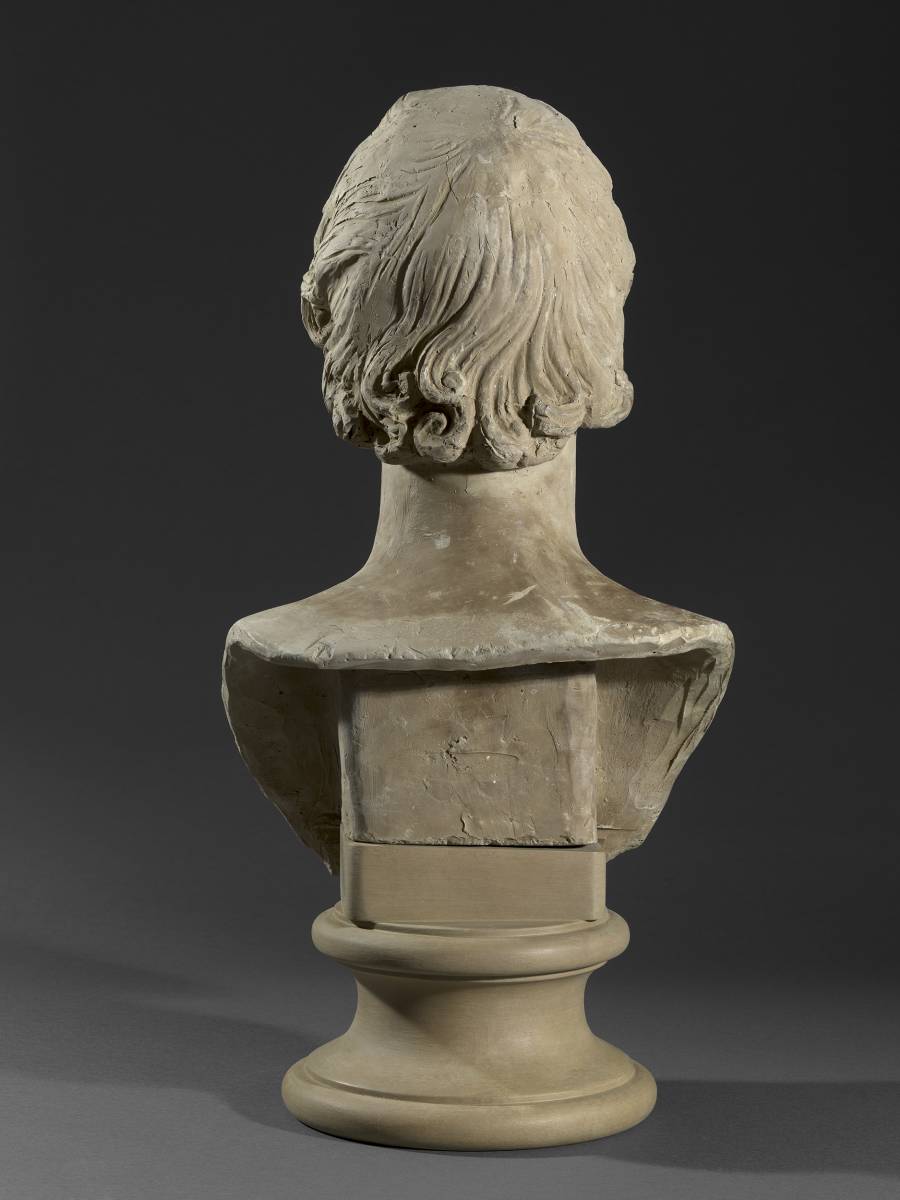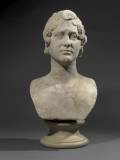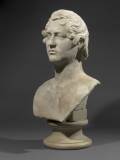Keats-Shelley House, Rome
Lord Byron
- Dried raw clay (terracruda)
- 19 ⅝ × 11 ⅞ inches · 500 × 300 mm
Collections
- Milan, private collection;
- With Galleria Carlo Virgilio & Co to 2019
Literature
- Thomas Medwin, Journal of the Conversations of Lord Byron. Noted During a Residence with his Lordship at Pisa, in the years 1821 and 1822, London, 1824, pp.5-7;
- Ed., Leslie Marchand, Byron’s Letters and Journals, Cambridge, 1979, vol.9, p.122;
- Ed. Richard Garnett, The Journal of Edward Elleker Williams, London, 1902. p.32;
- Ed. E. A. Stürzl, Teresa Guiccioli, La Vie de Lord Byron en Italie, Salzburg, vol.6, pp.978-979.
- Geoffrey Bond and Christina Kenyon Jones, Dangerous to Show: Byron and His Portraits, London, 2020, pp. 94-99 (reproduced).







